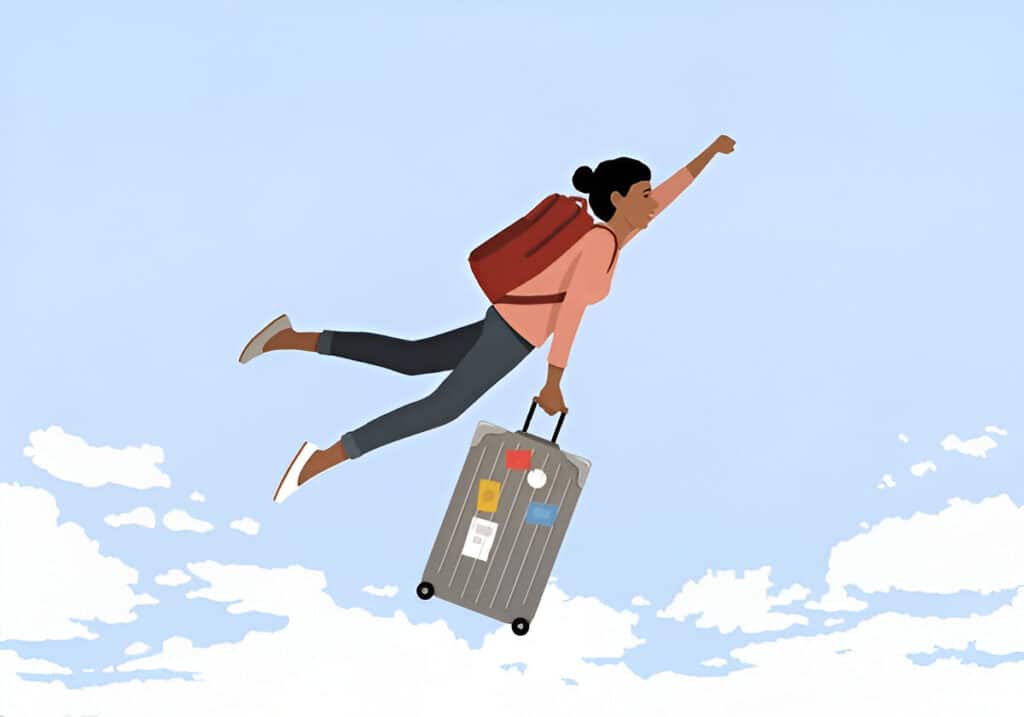Accessibility refers to ease of access. Given that tourists are heterogeneous in terms of culture, age, gender, health, physical strength, mobility, vision, hearing, and mental or physical disability, not all products and destinations can easily be
accessed by all tourists, especially for tourists with disabilities.
Through user-orientated design, management, and building adaptations (or a combination of these), access for all can be improved.
The principle of non-exclusion or universal design has been adopted in the built environment to enable equitable access. More specifically, through the application of technology by “designing for all,” much can be done to enhance tourism accessibility.
Through planning and application of the principle of purposefully nonrestrictive design, the client base can be expanded and in turn greatly enhances the users’ experience and satisfaction.

Information and communication technologies and assistive technologies have increased the possibilities for people with disabilities to participate independently in almost any area of daily life. However, as the degree of disability increases, the amount of available options and essential information relating to travel for planning and choices decreases, often resulting in limited opportunities for tourism.
While access to information for the disabled remains crucial, this becomes even more of a challenge with international travel.
Sight-impaired people can utilize screen radars on their mobile phones to navigate or read the menu and text messages. However, newer generation of phones may not always support assistive technologies as the captive or direct touch technology cannot be activated by mouth sticks or prosthetic objects.
On a positive note, however, the innovative use of quick response code technology can improve access by providing more or alternative information than is available at the location.
For example, menus or notices can be enlarged on a personal device for the vision
impaired, and direct translations into foreign languages can be accessed instantaneously through an internet connection.
Despite technological developments and increasing investment and participation of countries and regions in developing accessible tourism, there is still room for much more improvement. It is important to consider all aspects of the accessible tourism value chain, as each component is vital to determine the success and seamless experiences that tourism can potentially provide.